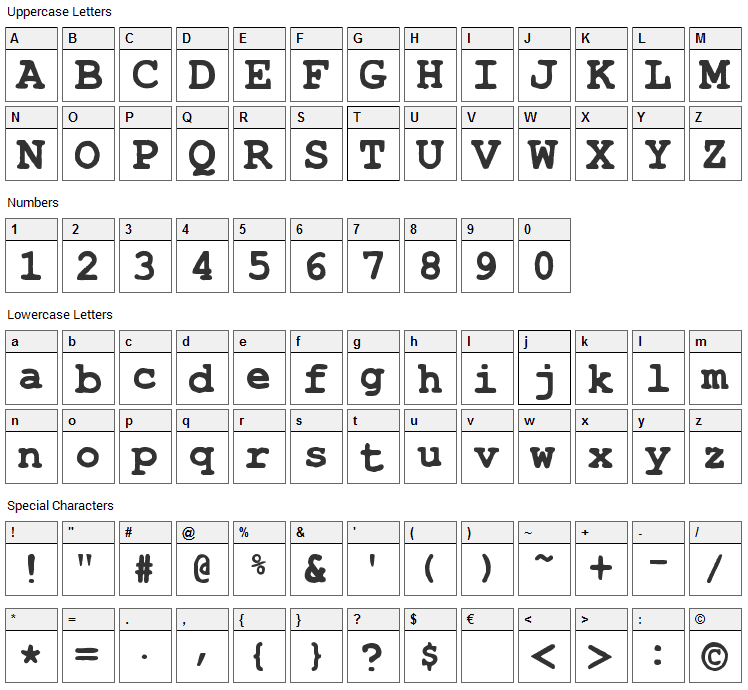

The problem here is that the “System typeface” font is a bitmap font, not a scalable one. At this point, if you open the file with Word it should show you a fallback scalable font instead of “System”, which it’s probably not the intended font when the document was produced. This configuration create a logical font with the name “SystemTypeface”, using the original 8514sys.fon, and then create a substitution rule for “System” to the newly created “SystemTypeface”. Save it and apply it to the affected system.

Then create the a registry (.reg) file with the following comment (I hope it will show it correctly here in the comments): I may have a fix for you to render those RTF documents as intended, without changing the locale, in an affected system. !AsCBX05aMOTUgaAmP4xnK-FJtzeWPQ?e=4cIVlr You could try if the registry file in my previous comment fix the rendering hiccup in Word (it should still pick Helvetica there, unless you open the file with WordPad). To reveal how is the bitmap “System” font looks like, try open the document with “WordPad” application instead. It’s probably a fallback San Serif font, like Helvetica Bold (in Word, just switch some other text to Helvetica and set it to Bold, they will look identical to the text marked with “System”). Actually the font picked for rendering in Word is not the “System” bitmap font. As soon as the file is “Unblocked” the render issue disappear (see my previous comments). I can reproduce similarly in a Russian language Windows, but the hiccup is temporary only for the time the document is downloaded from the internet with a “Block” attribute. I think the screenshot here possibly confirms my hypothesis: Word wants to use a scalable font, but instead the System font is a bitmap font, causing an hiccup in the rendering in some situations, possibly related to font matching algorithm and system configured locale, like I explained previously. (Please note that Word was configured to display some markup.) The normal situation The issue situation First the normal situation, then the issue situation. Update, in response to the comments: below are two screenshots that my colleagues made of the document. \par Do you have experience with this issue, and perhaps knowledge or solutions to share? Size=2 would result in a font size of 1, which sounds like the small font issue. \par We also find the XML-style 'color=' and 'size=' instructions suspicious. Refreshing the font cache or re-installing the Arial font sometimes solves the issue. The System font redirects to the default (Swiss font family) system font, often Arial.
#Microsoft word fonts are incorrect windows 10
Try googling Windows 10 Arial font problem. \par The issue may be related to a font cache issue. in Microsoft Word 2016 on Microsoft Windows Server 2012 R2 (small size) or in Microsoft Word 2013 on Microsoft Windows 10 (invisible). The text that uses the System font - the e-mail heading and attachment line at the end - is invisible or is displayed in a small font size.

\par In some environments this document has a rendering issue. (It is a real-world issue, not a hypothetical test case. \par This document contains an e-mail saved as RTF document. \par \cf1\f2 Please help us find a solution for an issue when rendering this RTF document \cf0\f1 \par Onderwerp:\tab Issue rendering RTF document with System font \par Aan:\tab\tab Digital preservation community \viewkind4\uc1\pard\lang1043\b\f0\fs20 Van:\tab\tab Remco van Veenendaal The document has the following RTF header (where we changed some values to make different fonts stand out more business e-mails would e.g. Also, using the Arial font directly (and not via an instruction to use the System font), did not seem to result in the issue.Īnother explanation stems from the RTF markup itself. When our colleagues investigated their font list and cache after googling ‘ Windows 10 Arial font problem‘, and refreshed their font cache or re-installed the Arial font, the issue was sometimes – not always – solved. In this case the default Swiss font family font, Arial. The RTF instruction to use the System font is in fact an instruction to use the default system font. One explanation is that the default system font might be corrupt or missing. In cooperation with the colleagues who sent us the question, we came up with possible explanations for this issue. Or that it is an issue specific to those environments. But our test was too ad hoc to conclude that the issue is limited to the environments mentioned. We were unable to reproduce this issue in various other environments, ranging from other Windows and Word combinations to other document viewers, both on and offline. The issue reproduced in different environments.


 0 kommentar(er)
0 kommentar(er)
